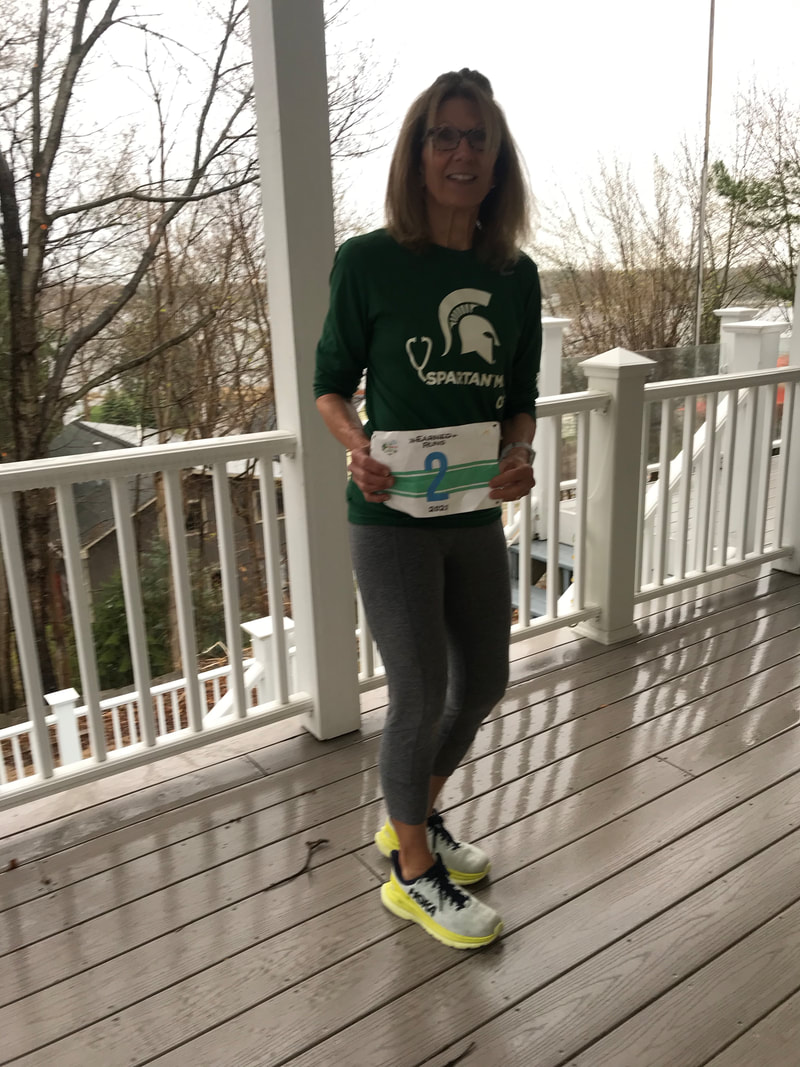BLOG
|
|
A BRIEF HOW-TO ITEM FROM THE NEW YORK TIMES ‘WELL’ PAGE, demonstrates nicely how to perform a reverse lunge. Typically, the description of this exercise highlights the fact that this move, compared with the basic forward version, is easier on the knees yet also works the entire leg. So true!
A much longer piece from SELF.com explains the differences between forward and reverse lunges. It explains that the reverse lunge is technically easier to perform, thus is a safer move with less risk of injury. It doesn’t place as much stress on the knee joint. The SELF.com article is worth the time to read if you would like to use both in a training program and wish to know the mechanics and proper performance details. Separate videos demonstrate each move. A SHAPE.com piece highlights and demonstrates common mistakes in performance, which include taking too small a step back, pushing off the forward stationary leg to stand up, and stepping directly behind the forward stationary foot. Another reason to perform EITHER type of lunge is that the hamstrings are worked in addition to the quadriceps, gluteal, and calf muscles. If you don’t like performing hip raises, also known as hip bridges, or their many variations and want to work you ‘hammies’ more, this is good news. Lunges also help with balance. As with any exercise, form matters. There seems to be a bit of confusion about how big the step back should be in a reverse lunge; some experts say larger is better, others advise smaller less. The basic principle to follow, if in doubt, is that the forward knee should be positioned at a 90-degree angle, directly above the ankle, and should not extend over the toes. This instruction is standard for almost every standing exercise in which the knee flexion occurs. If you’re rehabbing a knee but want to start working your leg muscles, start with the reverse lunge before advancing to the forward version. If your knees are in great shape and you love doing basic and walking lunges, don’t ignore them. Reversing direction can be the move that helps protect your knees and saves them for tougher workouts with weights. RUN & MOVE HAPPY! https://www.nytimes.com/guides/well/activity/how-to-do-reverse-lunges https://www.self.com/story/difference-between-forward-and-reverse-lunges https://www.livestrong.com/article/533968-what-muscles-do-reverse-lunges-work/ https://www.shape.com/fitness/tips/reverse-lunge-exercise-benefits-proper-form https://www.shape.com/fitness/tips/reverse-lunges-form-mistakes-jen-widerstrom https://www.livestrong.com/article/533968-what-muscles-do-reverse-lunges-work/ (IMAGE DOESN’T SHOW CORRECT FORM)
0 Comments
Your comment will be posted after it is approved.
Leave a Reply. |
BRIDGE TO PHYSICAL SELF
Running, walking, and fitness activities enable us to experience our physical selves in a world mostly accessed through use of fingers on a mobile device. AuthorEARNED RUNS is edited and authored by me, runner and founder. In 1978 I began participating in 10K road races before 5Ks were common. I've been a dietitian, practiced and taught clinical pathology, and been involved with research that utilized pathology. I am fascinated with understanding the origins of disease as well as health and longevity. Archives
November 2023
CategoriesNew! Search Box
Earned Runs is now searchable! Check it out...
|


 RSS Feed
RSS Feed